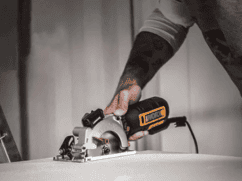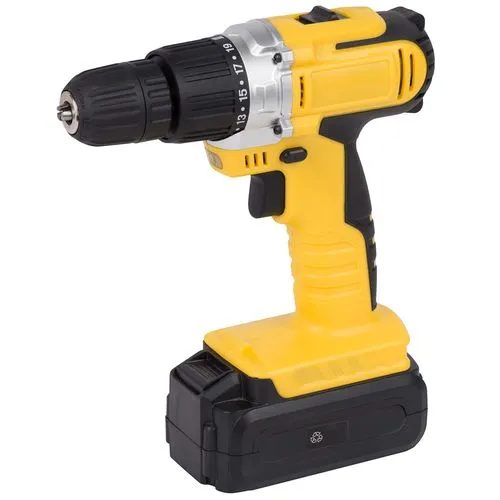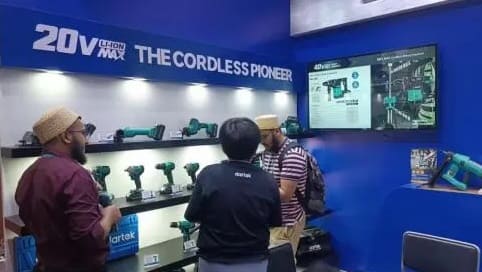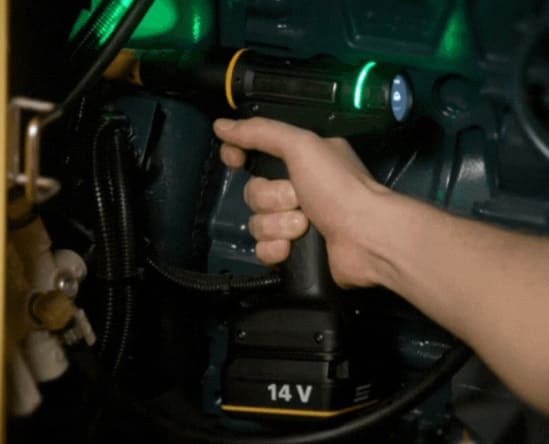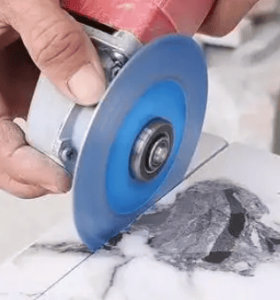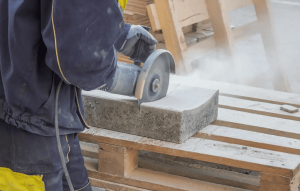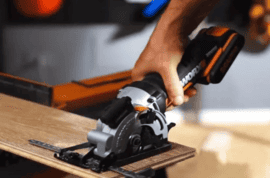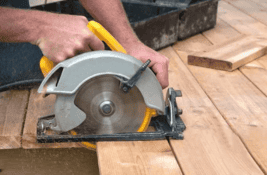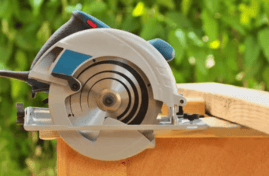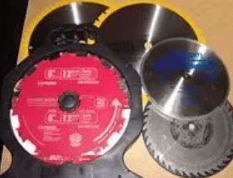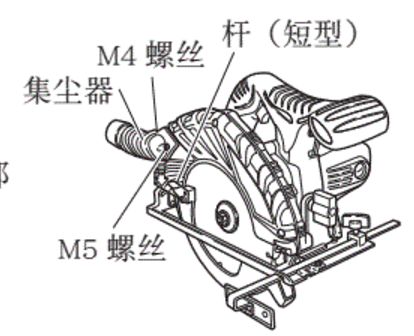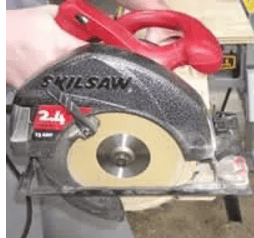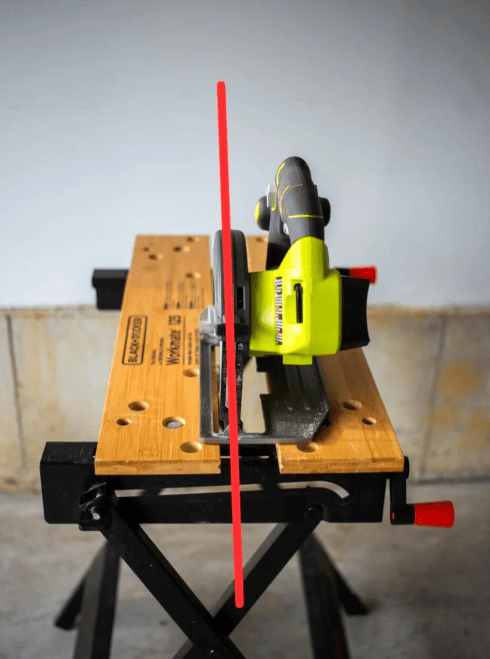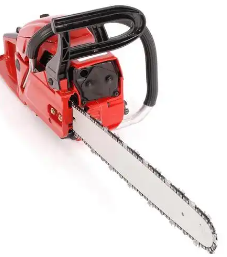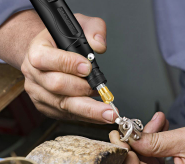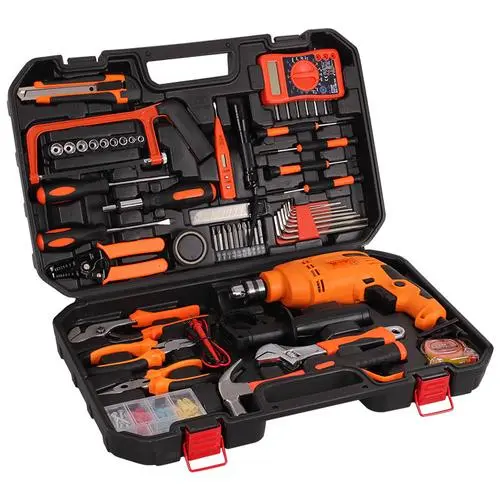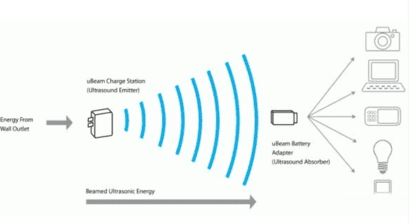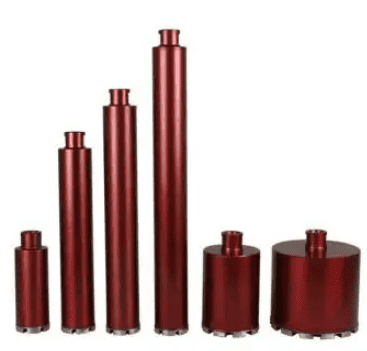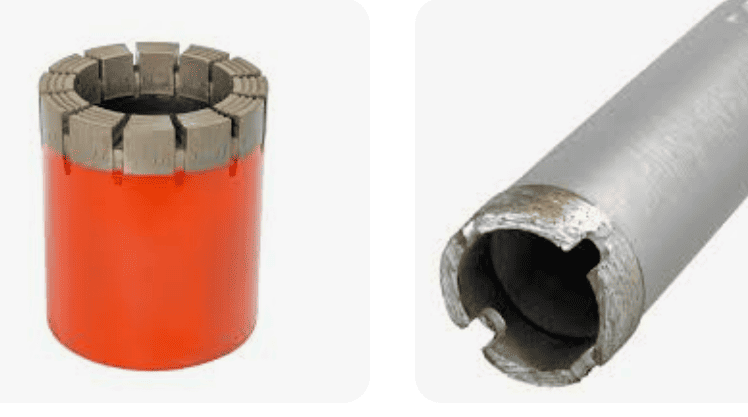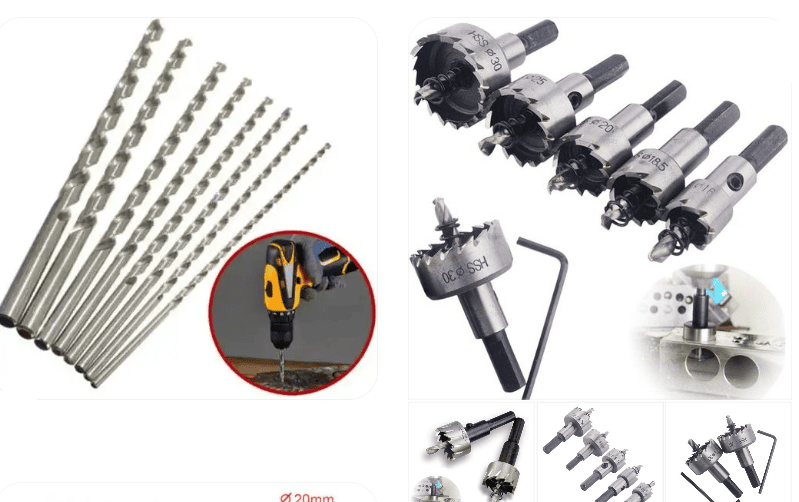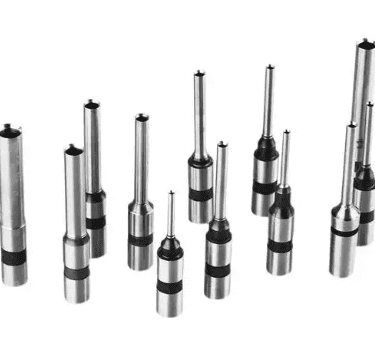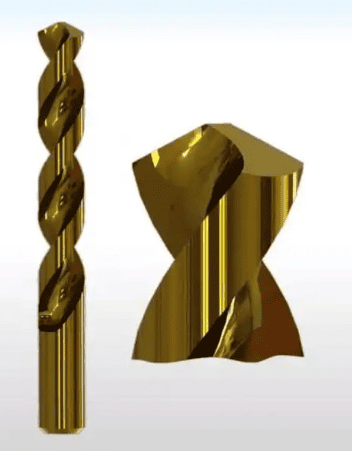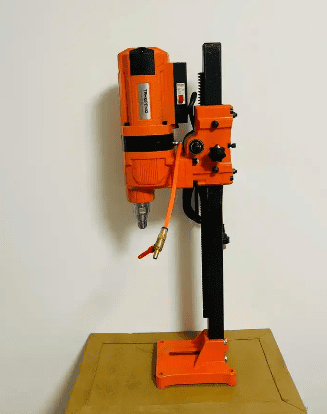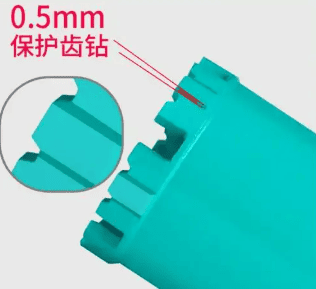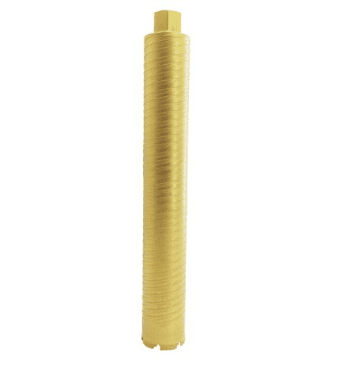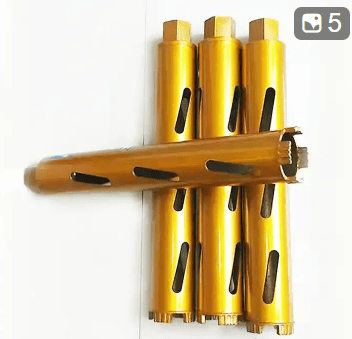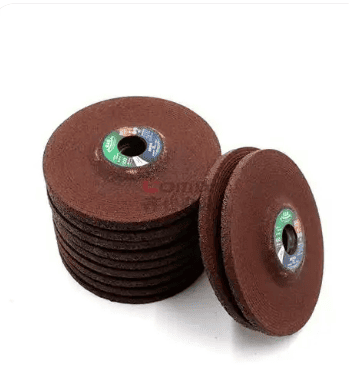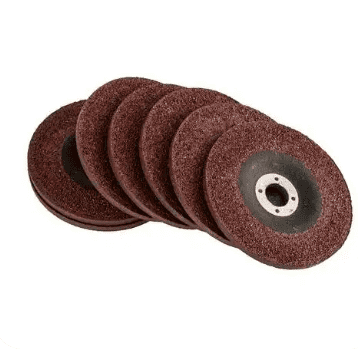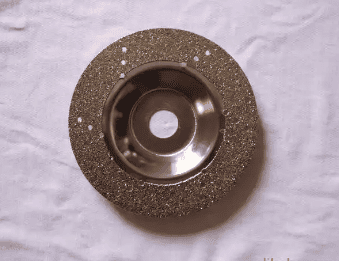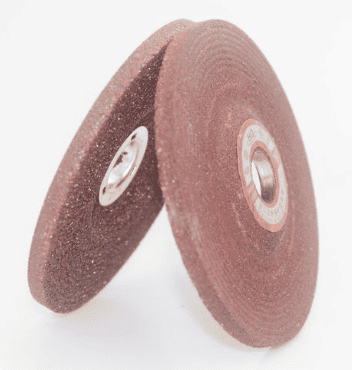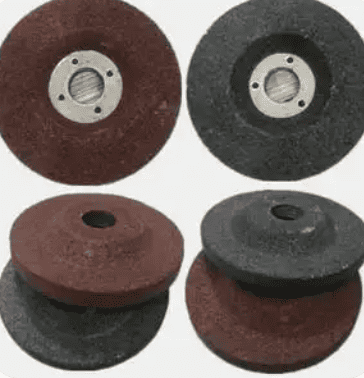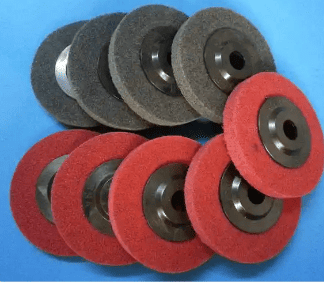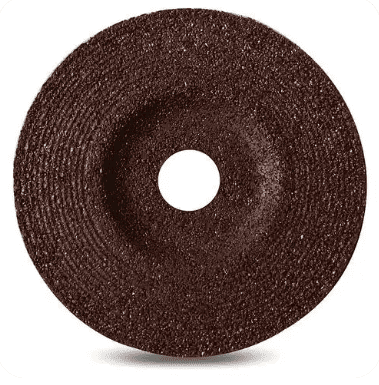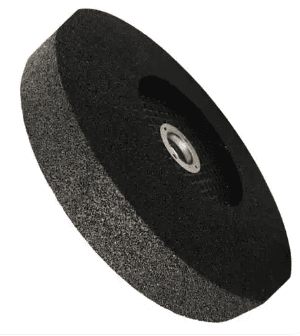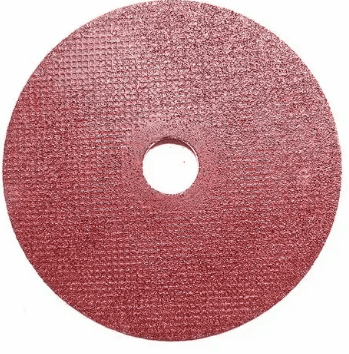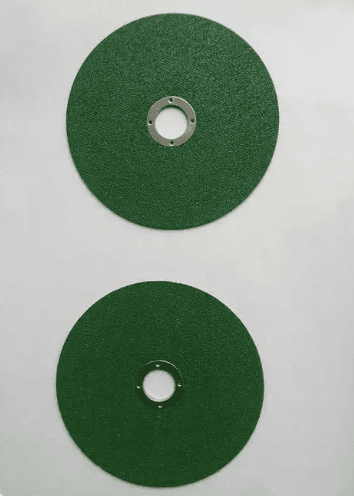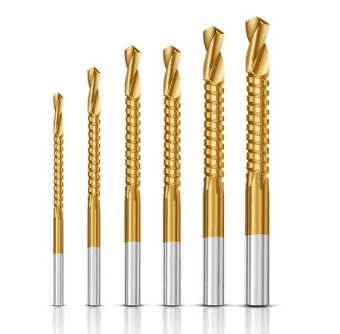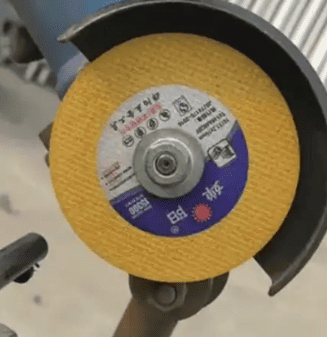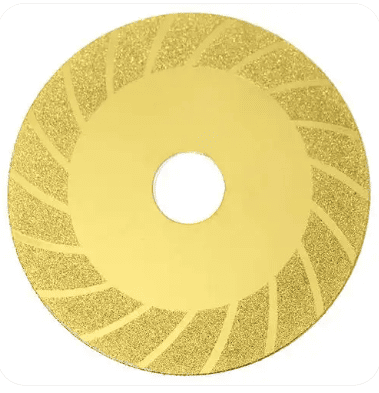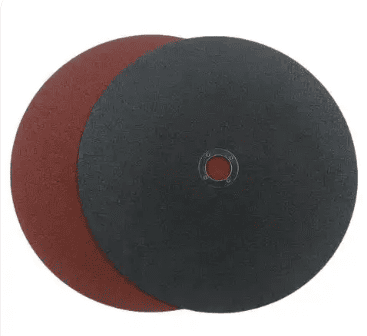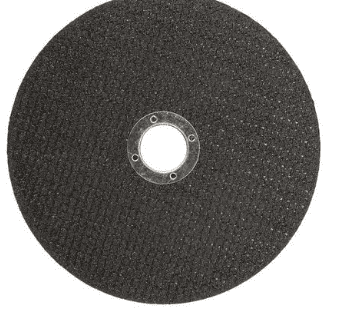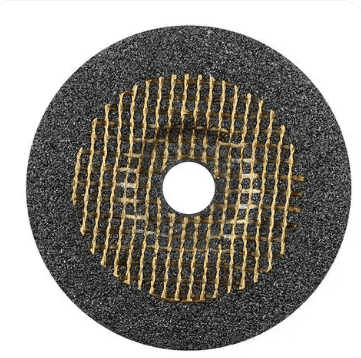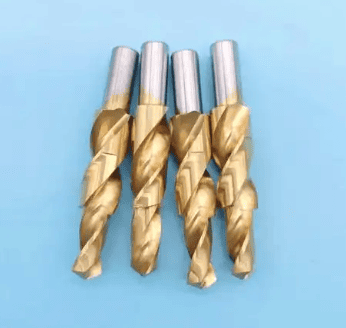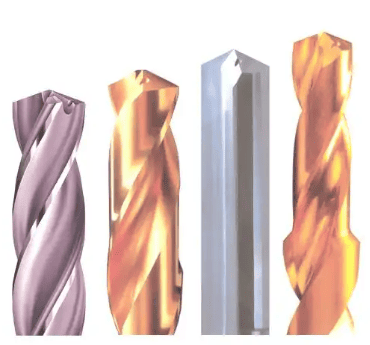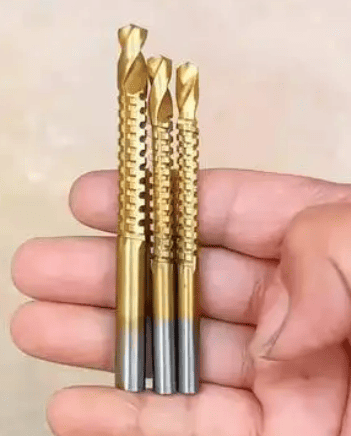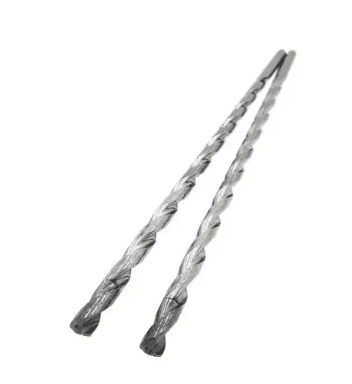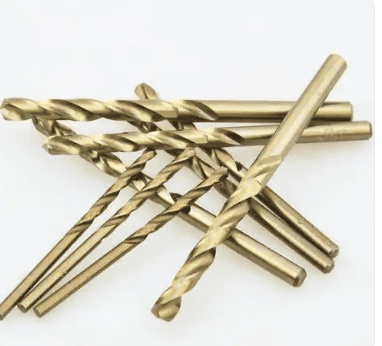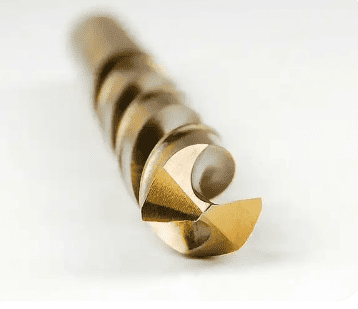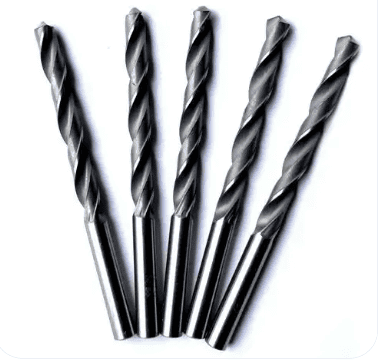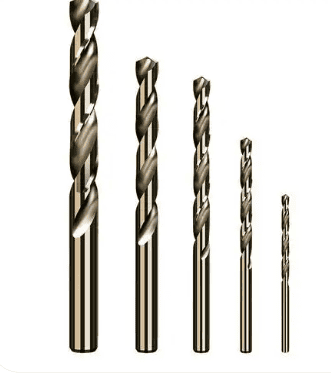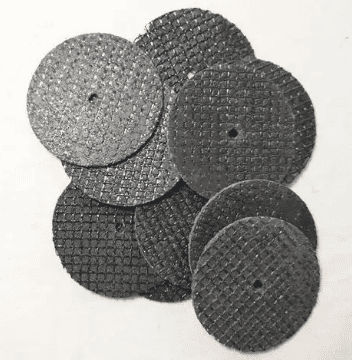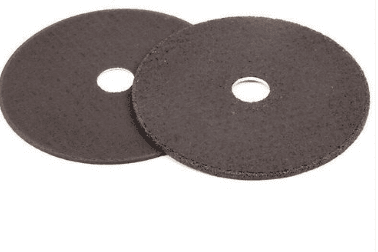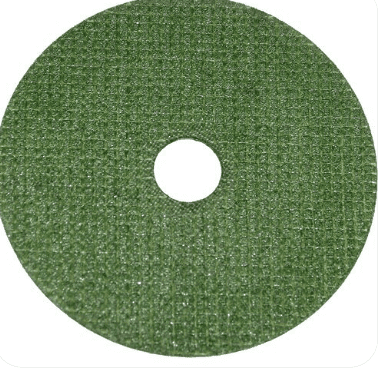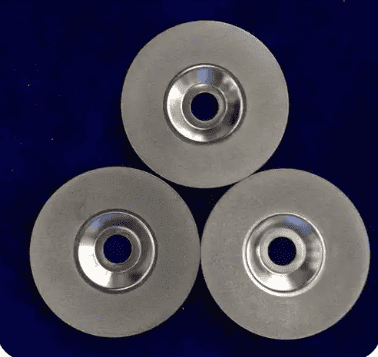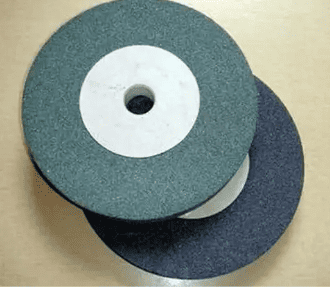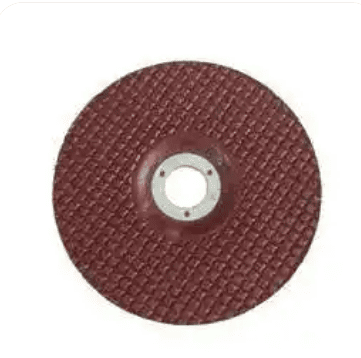What drill to use for core drilling?
For core drilling (also called hole sawing or trepanning) through hard materials like steel, concrete, and stainless steel, you absolutely need to use an Annular Cutter (also known as a Core Drill Bit, Hole Saw, Steel Plate Drill, Magnetic Drill Bit, or Rail Drill Bit). This specialized tool is fundamentally different from standard twist drills and is designed specifically for efficiently removing a solid core (a “plug”) of material, leaving you with a clean, precise hole. Forget using a regular drill bit for significant holes in tough materials; annular cutters are the dedicated solution.
Why Annular Cutters? The Core Principle:
Unlike a twist drill that grinds or cuts the entire area of the hole, an annular cutter features a hollow cylindrical design with cutting teeth only on its outer rim. Think of it like a cookie cutter for metal or concrete. It cuts a ring-shaped groove into the material. The center core remains intact and is either ejected through the cutter’s center as you drill or is removed afterwards. This design offers massive advantages:
- Massive Reduction in Cutting Force and Power Requirement: Since you’re only cutting the perimeter of the hole (maybe 20-25% of the total area), the force and torque needed from your drill are drastically lower compared to a twist drill cutting the entire hole area. This allows you to drill large holes with relatively compact, powerful machines like magnetic drills.
- Exceptional Speed and Efficiency: Cutting less material translates directly to faster drilling speeds. Annular cutters can drill holes 3-5 times faster than large twist drills.
- Reduced Heat Generation: Less friction from cutting less material means less heat builds up. This is crucial for preserving the cutter’s edge and preventing work hardening of the material (especially important in stainless steel).
- Superior Hole Quality: Annular cutters produce holes with excellent roundness, straightness, and smooth walls. Burrs are minimal, often requiring little to no finishing.
- Accommodates Thicker Materials: Standard twist drills become ineffective and prone to wandering or breaking in very thick stock. Annular cutters are specifically designed for deep cuts (common cutting depths include 25mm, 35mm, 50mm, 75mm, and 100mm).
Material Choice: Carbide vs. High-Speed Steel (HSS) – Picking the Right Teeth:
The cutting teeth on an annular cutter are the critical point of contact. Their material drastically affects performance, cost, and suitability.
- Carbide-Tipped Cutters (The Hard Work Champions):
- Unmatched Wear Resistance: Carbide (often tungsten carbide) is incredibly hard and resistant to abrasion. This makes carbide-tipped cutters the undisputed king for drilling hard, abrasive materials like stainless steel, high-strength alloys, heavily scaled steel, and reinforced concrete.
- Longevity: They maintain their sharp edge significantly longer than HSS cutters, especially in tough applications. This translates directly to drilling more holes before needing replacement, reducing downtime and cost per hole over time.
- Higher Initial Cost, Better Long-Term Value: While more expensive upfront, their extended lifespan and ability to handle demanding jobs often make them more cost-effective in professional or heavy-duty settings.
- Application Focus: Essential for large holes (like those for pipes, conduits, cable trays), structural steelwork (beams, columns), shipbuilding, offshore platforms, bridge construction, rail tracks, and any situation involving very hard or abrasive materials. They are the go-to choice for maximizing productivity in industrial environments.
- High-Speed Steel (HSS) Cutters (The Cost-Effective Option for Softer Materials):
- Sharpness and Affordability: HSS cutters are generally sharper initially than carbide and come at a significantly lower purchase price.
- Faster Cutting in Soft Materials: On mild steel, aluminum, wood, or plastic, they can sometimes cut slightly faster than carbide initially due to their inherent sharpness.
- Major Drawback: Brittleness: HSS is much more brittle than carbide. This makes HSS cutters extremely vulnerable to chipping or breaking if they encounter hard spots, inclusions in the material, or if used incorrectly (e.g., excessive feed pressure, poor machine stability, hitting rebar in concrete). They are not suitable for stainless steel or hardened materials.
- Shorter Lifespan: They wear out much faster than carbide, especially on anything harder than mild steel. Frequent replacement negates the initial cost savings in demanding applications.
- Application Focus: Best suited for occasional use, thinner mild steel sections, non-ferrous metals (aluminum, brass), wood, or plastic where cost is the primary driver and the risk of encountering hard spots is low.
Drilling Machines: Matching the Cutter to the Power Source:
Annular cutters require specific, powerful machines designed to hold them securely and provide sufficient downward force (feed pressure) and rotational power (RPM).
- Magnetic Drill Presses (Mag Drills – The Industrial Standard):
- How They Work: These portable drills use a powerful electromagnetic base that securely clamps directly onto vertical or horizontal ferromagnetic (iron/steel) surfaces. This provides an incredibly stable and rigid platform – absolutely crucial for safe and accurate core drilling.
- Perfect Synergy: Mag drills are specifically engineered to use annular cutters. They provide the necessary high torque at relatively low RPMs, optimal feed force (often hydraulic or geared), and integrated cooling systems. The magnet base prevents the machine from spinning dangerously if the cutter jams.
- Application: The primary and highly recommended machine for core drilling steel structures (I-beams, plates, frames), machinery, fabrication shops, shipyards, and construction sites. Compatibility with brands like Fein (German) or robust domestic models is essential. Never use an annular cutter in a standard handheld drill; it is extremely dangerous.
- Core Drill Rigs (Water Drills – For Concrete and Masonry):
- How They Work: These are larger, often track-mounted or stand-mounted machines specifically designed for drilling deep, large-diameter holes in concrete, brick, stone, and asphalt. They use a rotary-percussive or pure rotary action.
- Cooling is Key: They feature integrated water feed systems that pump coolant (usually water, sometimes with additives) directly to the cutter. This is vital for flushing out dust, cooling the cutter, suppressing harmful silica dust (a major health hazard when drilling concrete), and lubricating the cut. Diamond core bits (a specialized type of annular cutter with diamond segments) are almost always used with these rigs for concrete.
- Application: Essential for creating large openings for plumbing (water pipes, drains), electrical conduits, HVAC ducts, anchor holes, and sampling cores in concrete slabs, walls, foundations, and masonry.
- Machine Tool Adaptations (Limited Use): While technically possible, annular cutters are rarely the best choice for standard machine tools like drill presses, mills, or lathes. These machines typically lack the specialized feed force control and high torque at low RPM optimized for annular cutters. Twist drills or end mills are usually more efficient and safer in these contexts. However, robust drill presses can sometimes handle smaller annular cutters in thin material with extreme care.
Critical Operation Guidelines: Safety and Performance:
Using annular cutters correctly is vital for safety, cutter life, and hole quality.
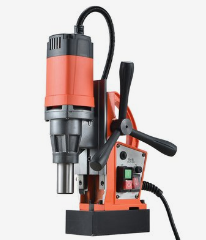
- Match Cutter Depth to Material Thickness: This is non-negotiable. Always select a cutter whose cutting depth exceeds the thickness of the material you are drilling. Forcing a cutter deeper than its design allows will destroy the teeth and likely damage the arbor. Common depths are 25mm, 35mm, 50mm, 75mm, and 100mm. If your material is 40mm thick, use a 50mm depth cutter.
- Pilot Hole or Center Pin? Most annular cutters require either a pre-drilled small pilot hole or utilize a spring-loaded center pin.
- Center Pin: This is the most common method. The pin extends slightly beyond the cutter teeth. You position the cutter where you want the hole, apply slight pressure to engage the pin and create a small dimple, ensuring the cutter starts exactly on center. As you begin drilling, the pin automatically retracts into the arbor. Crucially, the pin also often acts as a valve for coolant flow.
- Pilot Hole: Some cutters (or specific applications like very thin sheet) might require drilling a small pilot hole first (using a standard twist drill) that matches the inner diameter of the annular cutter. The cutter is then aligned over this hole.
- The 45-Degree Start (Especially Crucial for Mag Drills): Do NOT start drilling with the cutter face flat against the material. Instead:
- Tilt the entire machine (mag drill) or cutter so that only one or two teeth initially contact the workpiece at approximately a 45-degree angle.
- Start the drill motor at a low speed.
- Gently lower the machine/cutter, maintaining the angle, allowing the teeth to begin cutting a small groove.
- Once the groove is established (after 2-3 seconds), gradually straighten the cutter to 90 degrees while simultaneously increasing the drill speed to the recommended operating RPM.
- Why? This technique prevents the cutter from “grabbing” or “skating” across the surface, which can damage teeth, break cutters, cause injury, or create off-center holes. It ensures a smooth, controlled start.
- Use Lubricant/Coolant (Absolutely Vital): Especially for metal drilling, using the correct cutting fluid is essential:
- Reduces Heat: Prevents overheating the cutter teeth (which softens them, leading to rapid wear) and the workpiece (which can cause hardening or distortion).
- Lubricates: Reduces friction, allowing smoother cutting and extending cutter life.
- Flushes Chips: Helps clear metal chips from the cut groove, preventing clogging and re-cutting of chips (which dulls teeth).
- Methods: Mag drills often have built-in coolant systems. For other setups, use a brush or squirt bottle frequently. For concrete core drilling with water rigs, ensure water flow is constant.
- Appropriate Feed Pressure: Apply firm, steady pressure, but avoid excessive force. Let the cutter do the work. Forcing it too hard generates excessive heat, stresses the teeth, and can cause breakage. If the machine struggles or chips stop evacuating, you might be feeding too fast. Listen to the machine and watch chip flow.
- Secure Workpiece and Machine: The workpiece must be clamped securely. The mag drill magnet MUST be clean and fully engaged on a flat, ferromagnetic surface. Any movement during drilling can break cutters and cause accidents. For core drills on concrete, ensure the rig base or stand is stable.
- Clear the Core: Once the hole is complete, ensure the core (plug) is fully ejected from the cutter or safely removed. A stuck core can cause problems on the next hole.
Carbide Annular Cutter Advantages in Depth:
Carbide-tipped annular cutters represent the pinnacle of core drilling technology for metal, offering distinct performance benefits:
- Multi-Blade Ring Cutting Design: This is the core efficiency secret. By concentrating multiple carbide teeth only on the outer circumference, material removal is maximized while minimizing the energy required per tooth. Only the ring of material forming the hole wall is cut; the center core is untouched and ejected. This contrasts sharply with twist drills that must inefficiently grind away the entire hole volume.
- High Cutting Speeds: The hardness of carbide allows these cutters to run at significantly higher surface speeds (SFM – Surface Feet per Minute) than HSS cutters, directly translating to faster drilling times.
- Superior Durability & Cost Efficiency: While the upfront cost is higher, the exceptional wear resistance of carbide means vastly more holes drilled per cutter. This drastically reduces the cost per hole over time and minimizes machine downtime for cutter changes. The reduction in labor time per hole further enhances cost savings.
- Versatility Across Machines: Carbide annular cutters perform superbly not only on mag drills but also on suitably powerful drill presses (with proper feed), radial arm drills, and even milling machines or lathes adapted for deep hole drilling, offering flexibility across fabrication and machining environments.
- Precision & Reduced Vibration: The rigid design and sharp carbide teeth produce holes with excellent dimensional accuracy and surface finish. The reduced cutting forces compared to twist drills also mean less vibration, contributing to operator comfort and hole quality.
Conclusion:
Core drilling large, clean holes in tough materials demands the right tool: the Annular Cutter. Choosing between carbide-tipped (for maximum durability, speed, and performance in hard materials) and HSS (for budget-conscious, softer material applications) depends on your specific job requirements and material. Pairing the cutter with the correct, powerful machine – primarily magnetic drills for steel or core drill rigs for concrete – and adhering strictly to safe operating procedures (especially the 45-degree start and proper coolant use) is fundamental for achieving efficient, high-quality results and ensuring operator safety. Understanding these principles empowers you to select the optimal core drilling solution for any project.
Read More about Core drill bit:
| What is a core drill bit used for? |
| Do you need a special drill for core drilling? |
| How to attach core drill bit to drill? |
| What is a core drill used for? |
| What is the difference between a drill and a core drill? |
| What is the difference between a hammer drill and a core drill? |
| Will a core drill go through metal? |
| How long does it take to core drill a hole? |
| How to anchor a core drill? |
| What is the difference between a hole saw and a core drill? |
| Can you core drill with a regular drill? |
| Can a normal drill bit go through brick? |
| What is the difference between a rotary drill and a core dril!? |
| What is the alternative to core drilling? |
| What is the alternative to core drilling? |
| How to attach core drill bit? |
| Can l drill into concrete with a regular dril!? |
| Can luse a masonry drill bit on concrete? |
| Can you core drill through wood? |
| Can you core drill without water? |
| Can you core drill without water? |
| Can l use a wood drill bit on concrete? |
| Can a core drill get wet? |
| Do you use a hammer drill with a core bit? |
| When should you not use a hammer drill? |
| How do self centering drill bits work? |
| How to get a core drill bit off? |
| Can l use a SDS drill for core drilling? |
| What Is the Difference Between a Rotary Drill and a Core Drill? |
| What do you not use a hammer drill for? |
| Will a core bit cut through rebar? |
| Will a core bit cut through rebar? |
| What drill to use for core drilling? |
| what drill do l need for core drill bit? |
| What is the difference between a twist drill and a core drill? |
| What is an alternative to a core drill? |
| Is a core drill the same as a hammer drill? |
| Will a core drill go through rock? |
| What size hole for core drilling? |
| Can you sharpen core drill bits? |
| How do l know if a drill bit is for concrete? |

